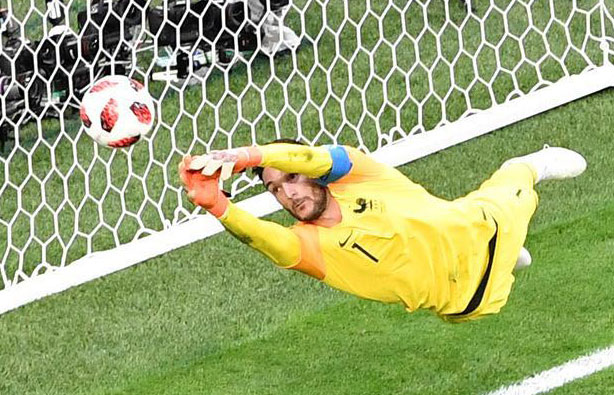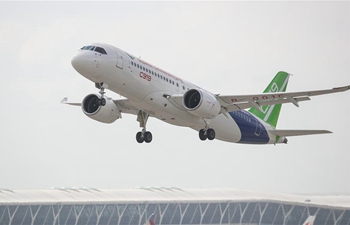GENEVA, July 16 (Xinhua) -- Though nine out of ten infants received at least one dose of diphtheria-tetanus-pertussis (DTP3) vaccine in 2017, more concerted efforts are still needed to reach universal immunization coverage, especially in Afghanistan, Nigeria and Pakistan, according to a joint statement from the World Health Organization (WHO) and UNICEF on Monday.
Worldwide, about 123 million infants, or nine in ten, received at least one dose of DTP3 vaccine in 2017, protecting them from infectious diseases that can cause serious illness, disability or can be fatal. That represents a global immunization coverage with DTP3 of 85 percent, the WHO said.
However, DTP3 coverage in Africa has remained at 72 percent since 2010, though the population growth there means that about 3.2 million more infants had to be vaccinated in 2017.
To reach universal immunization coverage, the WHO estimates that globally 20 million additional children need to be vaccinated with DTP3; 45 million additional children need to be vaccinated with a second dose of measles vaccine, and 76 million more children need to be vaccinated with three doses of pneumococcal conjugate vaccine.
That target requires still much more concerted efforts, especially given the large number of population living in fragile or humanitarian conditions across the globe today.
For example, of the 19.9 million infants who are not fully vaccinated with DTP3, almost eight million or 40 percent live in countries affected by conflict, of which about 5.6 million live in just three countries: Afghanistan, Nigeria and Pakistan, where access to routine immunization services is critical to achieving and sustaining polio eradication.
Meanwhile, vaccines to prevent against major killers of children such as rotavirus, a disease that causes severe childhood diarrhea, and pneumonia have been around for over a decade. But the use of rotavirus and pneumococcal conjugate vaccines (PCV) is still lagging behind.
In 2017, global coverage was only 28 percent for rotavirus and 44 percent for PCV. The WHO highlights that vaccination against both these diseases has the potential to substantially reduce deaths of children below five years of age, a target of the UN Sustainable Development Goals.
Good news is that globally, 85 percent of children have been vaccinated with the first dose of measles vaccine by their first birthday through routine health services, and 67 percent with a second dose. WHO statistics also show that 167 countries have included a second dose of measles vaccine as part of their routine vaccination schedule.
Nevertheless, coverage levels remain well short of the WHO recommended measles immunization coverage of at least 95 percent to prevent outbreaks, avert preventable deaths and achieve regional elimination goals.
The WHO and UNICEF have called for targeted actions at sub-national levels to ensure access to vaccination for vulnerable populations.
They suggest that countries continue strengthening their health systems while adding new vaccines to their national immunization program, and ensure all children have access to vaccination and fully complete their vaccination series with all recommended vaccines.

















